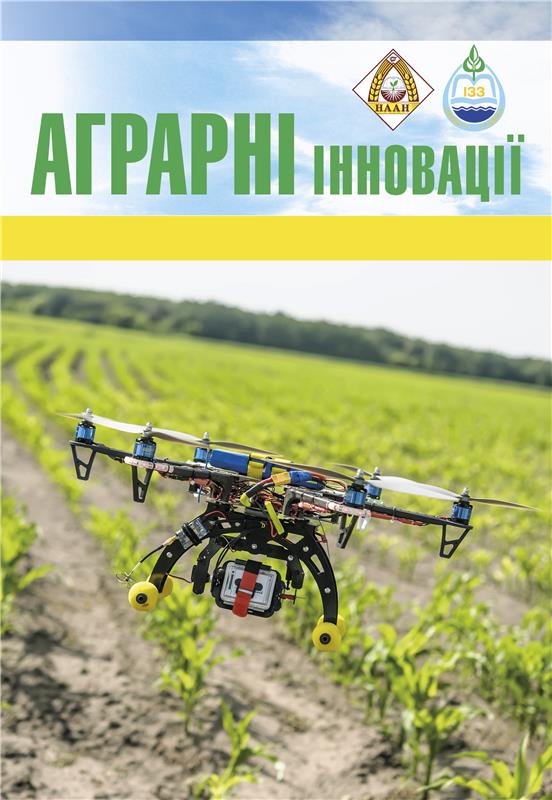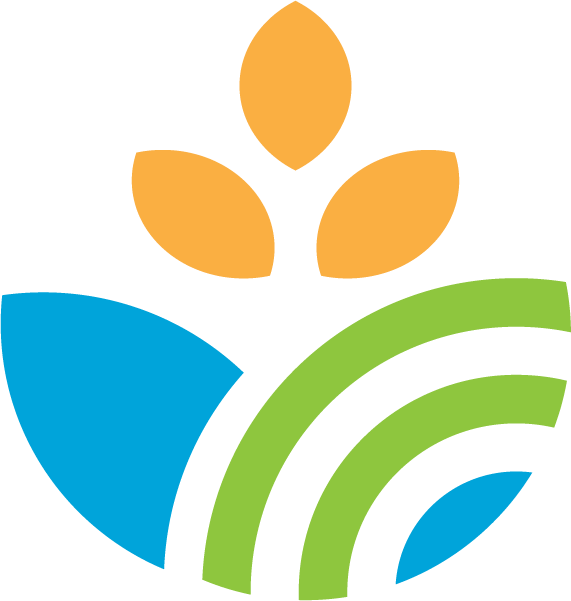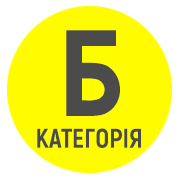FEATURES OF THE FORMATION OF QUALITATIVE AND QUANTITATIVE INDICATORS OF POTATOES DEPENDING ON DIFFERENT FERTILIZATION SYSTEMS
Abstract
Purpose. The research included the study of the influence of different fertilization systems with foliar application of liquid organo-mineral fertilizers on the formation of quantitative and qualitative indicators of potatoes, in particular the yield, the content of ascorbic acid and the linear dependence between them. Methods. The research was carried out at the Polis National University on the basis of the scientific research field from 2019 to 2021. The experiment was carried out on light-gray forest soils, which are characterized by a light granulometric composition. The scheme of the experiment consisted of 4 variants of fertilization: biological control, organic (manure 50 t/ha), organo-mineral (50:50) and mineral (N50P40K70) fertilization systems. Also, foliar liquid organo-mineral fertilizers Mochevyn K No1, Mochevyn K No2, Organic D2M and Humate potassium were used.The experiment is based on generally accepted methods.Application of liquid organo-mineral fertilizers was carried out twice in the phase of intensive growth according to recommendations. Results. According to the results of our research, the application of various types of fertilizers has a positive effect on the growth and development of potato plants, especially intensive development occurs due to the combination of organic and mineral fertilizers. Therefore, the highest yield of potatoes over the years of the study was obtained under the organic-mineral fertilization system (50:50), where it amounted to 30.21 t/ha. A slight decrease in the yield of potatoes was observed for the option of fertilizer with a mineral component (N50P40K70), where the yield was equal to 29.28 t/ha. Application of organic fertilizers in the form of manure of 50 t/ha contributed to the yield of 27.93 t/ha. The lowest yield of potatoes was under biological control and was 23.22 t/ha.The formation of the crop was positively influenced by the application of foliar liquid organo-mineral fertilizers, so the highest indicators of potato productivity were obtained under the organo-mineral fertilization system when applying Mochevyn K No1 – 37.05 and Organic D2M – 36.57 t/ha.The content of ascorbic acid was the highest for the organo-mineral fertilizer system – 20.7 mg. With the foliar application of liquid fertilizers Organic D2M and Humate potassium, the highest indicators of its content of 21.8 and 21.7 mg, respectively, were obtained under this fertilization system.Conclusions. The formation of the potato crop and the content of ascorbic acid in it was positively influenced by the application of various types of fertilizers, especially the combination of fertilizers, both with an organic component and with a mineral component. This contributed to the further formation of the crop at the level of 30.21 t/ha. The increase in the content of ascorbic acid was under the organo-mineral fertilizer system, where it was 20.7 mg in the control.
References
2. Бондаренко Г. Л., Яковенко К. І. Методика дослідної справи в овочівництві і баштанництві. Харків: Основа, 2022. 369 с.
3. Вожегова P. A. Напрями адаптації галузі рослинництва до регіональних змін клімату. Збірник тез II Міжнародної науково-практичної конференції «Кліматичні зміни та сільське господарство. Виклики для аграрної науки та освіта», 10-12 квітня 2019 року. ДУ НМЦ «Агроосвіта», Київ – Миколаїв –Херсон. 2019. С. 3–9.
4. Домарацький Є. О., Домарацький О. О., Козлова О. П. Стимулятори росту та комбіновані препарати біологічного походження як невід’ємний елемент екологізації технології вирощування технічних культур. Сучасний рух науки: тези доп. V міжнародної науково-практичної інтернет-конференції, 7-8 лютого 2019 р. Дніпро, 2019. С. 202–206.
5. Лихочвор В. В., Петриченко В. Ф. Рослинництво. Сучасні інтенсивні технології вирощування основних польових культур. Львів : НВФ «Українські технології», 2006. 730 с.
6. Лихочвар В. В. Біологічне рослинництво. Львів : НВФ «Українські технології», 2004. 312 с.
7. Методика наукових досліджень в агрономії : навч. посібник / В. Г. Дідора, О. Ф. Смаглій, Е. Р. Ермантраут та ін. Київ : Центр учбової літератури, 2013. 264 с.
8. Методика польового досліду (зрошуване землеробство): Навчальний посібник / В. О. Ушкаренко, Р. А. Вожегова, С. П. Голобородько, С. В. Коков і хин. Херсон, 2014. 448 с.
9. Невмержицька О. М., Карась І. Ф., Плотни- цька Н. М., Гурманчук О. В. Вплив мокрої бактеріальної гнилі на продуктивність різних за стійкістю сортів картоплі. Таврійський науковий вісник. Cерія: Сільськогосподарські науки. 2021. Вип. 122. С. 91−98. https://doi.org/10.32851/2226-0099. 2021.122.13.
10. Поліщук В. О., Журавель С. В., Кравчук М. М., Залевський Р. А. Ефективність рідких комплексних добрив за різних систем удобрення картоплі в умовах Полісся України. Наукові горизонти. 2020. No 08(93). С. 141–148. Doi:10.33249/ 2663-2144-2020-93-8- 141-148.
11. Поліщук В. О., Журавель С. В. Динаміка урожайності ланки сівозміни за умов використання органо-мінеральних добрив в зоні Полісся. Таврійський науковий вісник. 2022. Вип. 127. С. 117–122. Doi:https://doi. org/10.32851/2226-0099.2022.127.15.






